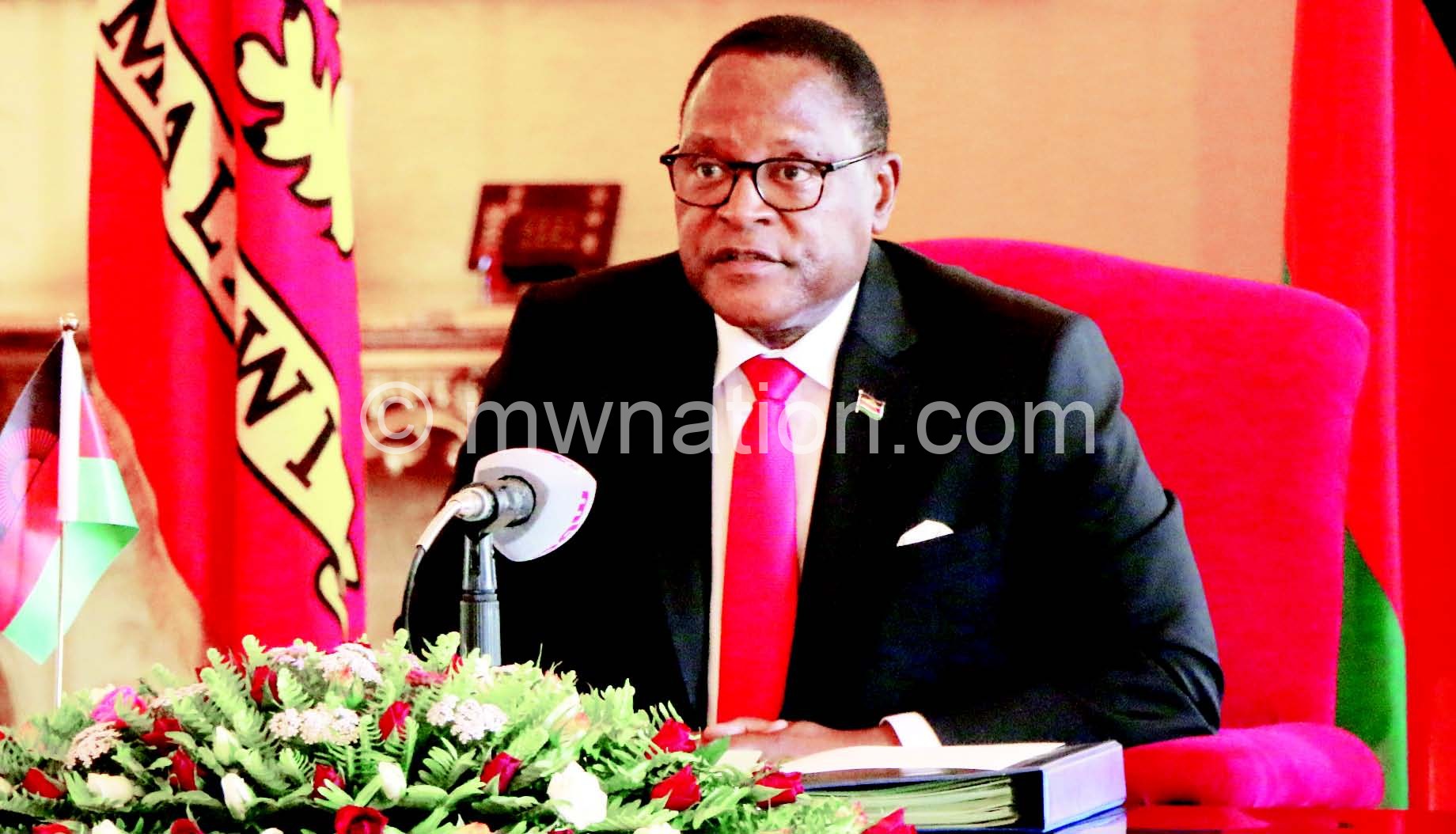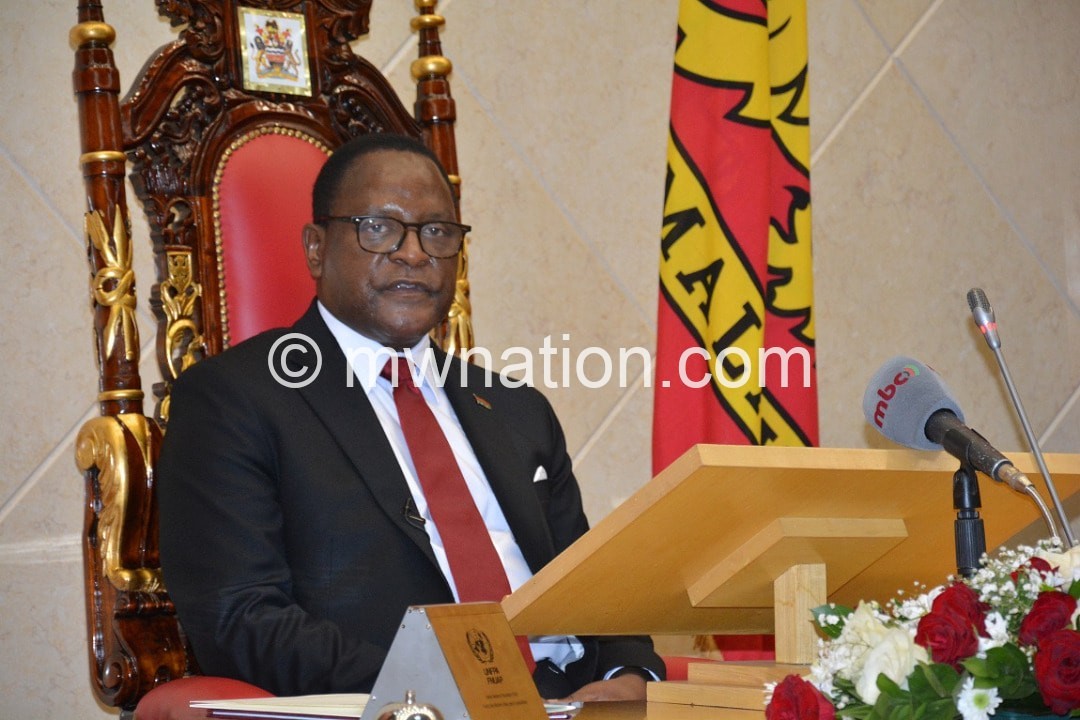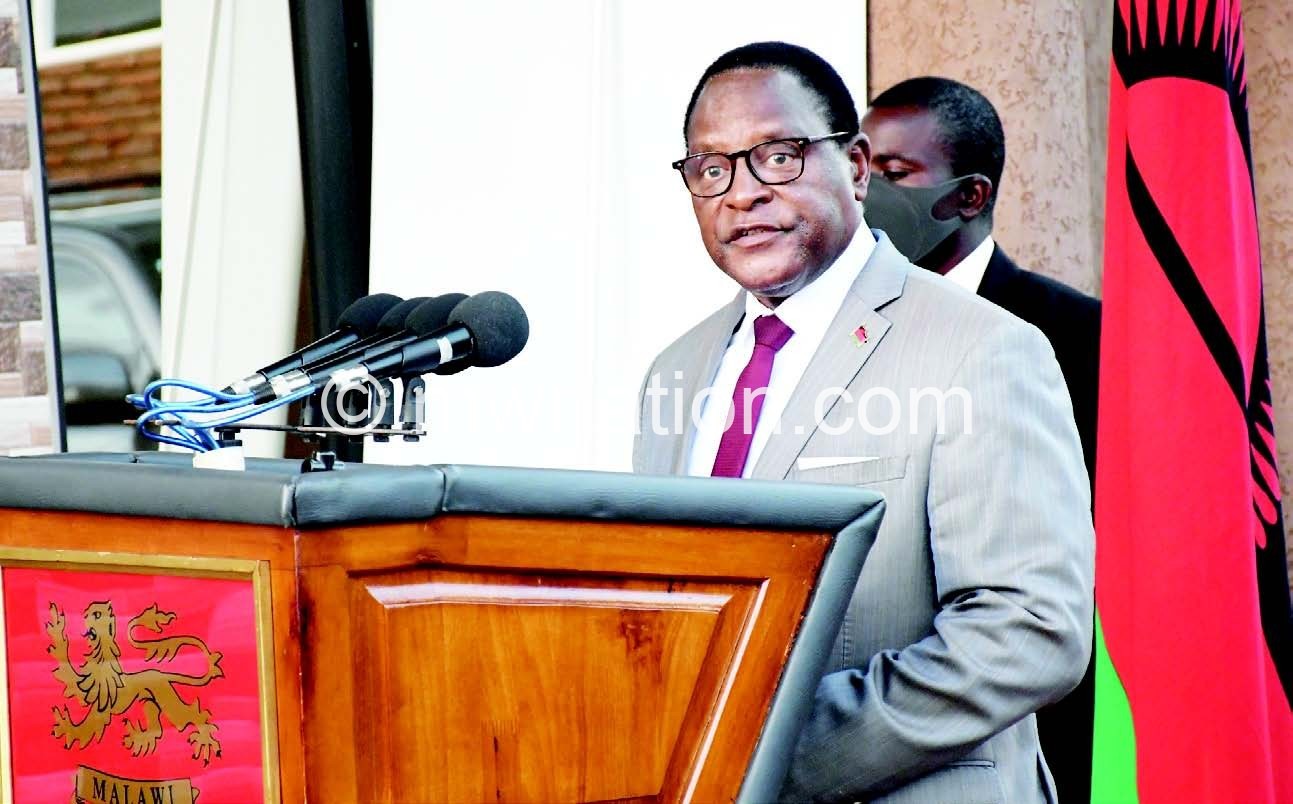The dream that was Nsanje Inland Port
“My government is ready to revive the construction work of the Nsanje Inland Port and funds are available for the project, but we are only waiting for our colleagues from Mozambique to grant us permission.”
This is what our dear leader said on Sunday when he went to the Lower Shire on a tour of development projects. Lo and behold, he suddenly remembered to talk about the “forgotten” Nsanje Inland Port.
You see, we in the street know that our dear leader had almost forgotten about his brother’s port. If you check the current Democratic Progressive Party (DPP) manifesto, the port does not make the list of pet projects to be implemented between 2019 and 2024. There is no such thing as Nsanje Inland Port project in the DPP blueprint. Nada!
But here he was pledging to implement it to its splendor if Mozambique gives Malawi a go-ahead. He even talked about the money for the project being readily available. We wonder, from which budget? Is it the one Finance Minister Joseph Mwanamvekha tabled on Monday? Was Nsanje Inland Port even mentioned in the budget?
Ladies and gentlemen, with the DPP government and our dear leader at the helm we have to sleep with one eye open. They make promises they cannot keep.
If you can recall in 2014, the good professor challenged us on the streets that he will re-open the Nsanje Inland Port a day after being sworn in. He repeated the pledge in his maiden speech as President of the Republic at Kamuzu Stadium in Blantyre. But was the port opened that week? Nope. Days turned into months, months into five years.
So, why does he now wax lyrical about Nsanje Inland Port as if it is one of his priority areas in his second five year term? Perhaps to make people in poor Nsanje have hope again?
We on the streets are not saying to dream about reviving the port is wrong. All we are trying to say is that development does not happen overnight. It needs to be planned. Nsanje Inland Port as it stands is a white elephant. This government has not planned for it and cannot revive it now without a properly executed plan and budget.
The Nsanje Inland Port project—which drained K270 billion at the time—was the brainchild of the professor’s brother—the late Bingu wa Mutharika, who had a dream. It was a dream in colour.
He saw an inland port in Nsanje and whole district transformed into a city. Planes flew above the skyscrapers and touched down at the magnificent airport below; electric powered trains left the city at the speed of light and cargo ships docked every hour.
It was a good dream, a dream hued in techno colour. In fact, the idea of connecting Malawi to Indian Ocean via the Zambezi River was not first conceived by Bingu. British missionary explorer David Livingstone also had a vision to have Malawi connected to the east coast through Shire River to Zambezi.
So, when we heard Bingu talk about this idea around 2009, we on the streets, hailed him as living the Livingstone’s dream. Bingu had chosen to travel a road less travelled.
Then came the construction works. The slab was put on. Business people scampered to Nsanje. They scrambled for land; each one vying for the best site. There was no way they could miss the opportunities coming with the port.
Finally, the port was to be inaugurated. That was 2010. Bingu invited his neighbours to the ceremony. Late Zimbabwean former president Robert Mugabe, former Zambian president Rupiah Banda—they both came. But, wait again.
One equally important neighbour, or even more important than the two who had graced the occasion, did not show up. Former Mozambican president Armando Guebuza was not amused with Bingu’s dream in colour.
Instead of joining comrade Mugabe, Banda and Bingu at the port in Nsanje to celebrate the launch of the port, he seized the Malawian barge that was supposed to sailing on the Zambezi with over 150 bags of fertilizer up the Shire.
That night Guebuza told the British Broadcasting Corporation (BBC) that Malawi had shunned the environmental assessment feasibility before embarking on the project. That, ladies and gentlemen, was the killer punch to the dream in colour. It remains even today.
Since 2010, almost nine years have passed. Not even a single day have we in the street heard that Malawi and Mozambique are conducting the feasibility study together to give new lease of life to the port. Each country is pursuing its own goals.
So, the statement uttered Sunday, to us in the street, is just made for political expediency.





